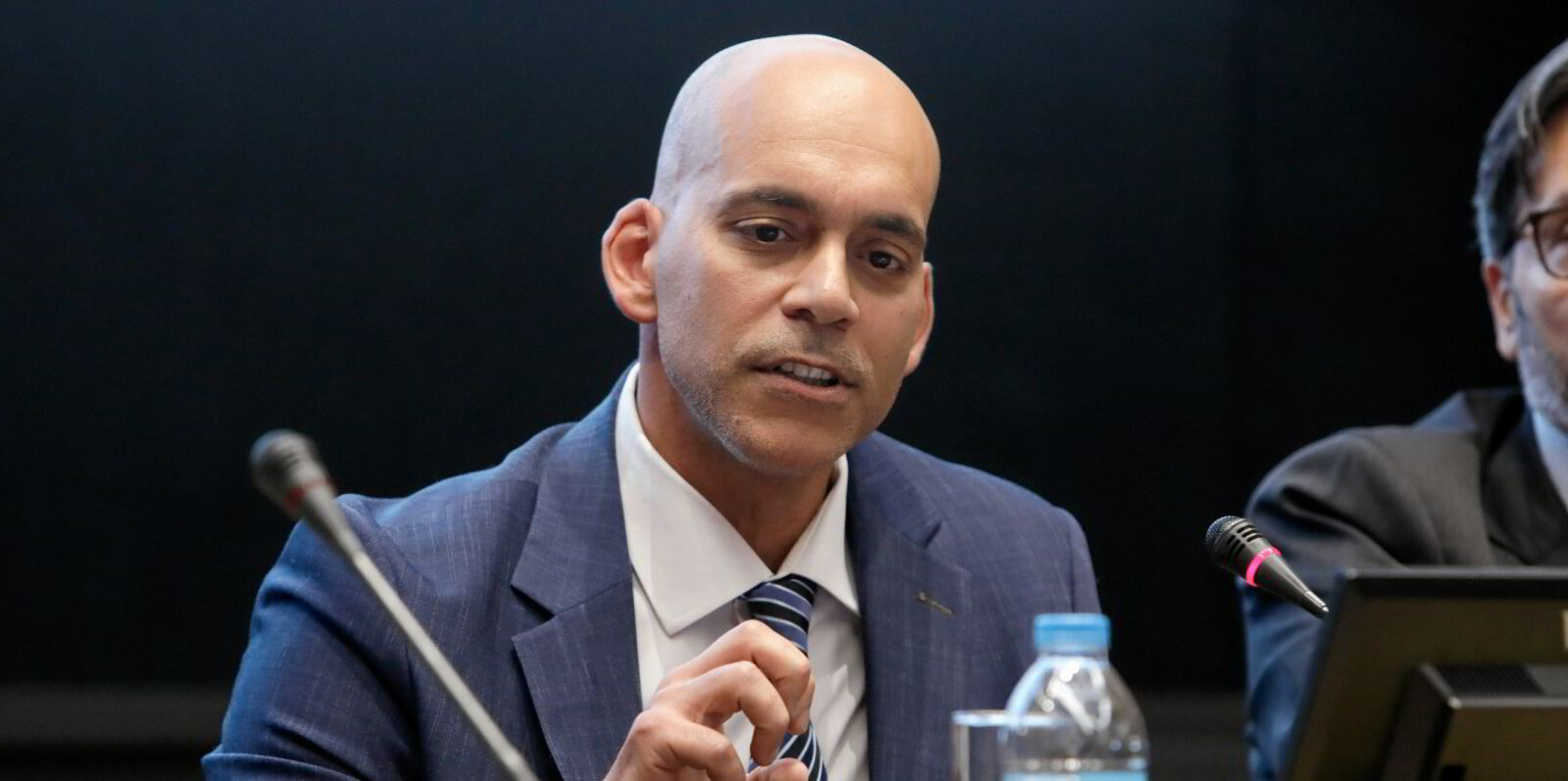VLCCs have nowhere to go but up, Jefferies argues.
The largest crude oil tankers have beeb struggling in contrast with their smaller brethren amid Opec and its allies cutting production while enjoying none of the upside from the crisis in the Red Sea and the Russia-Ukraine war.
Veneran analyst Omar Nokta said on Friday that the prognosis for VLCCs was positive — even if smaller tankers were still expected to outperform.
“Is there enough sizzle for VLCCs to break out to the highs seen briefly before Opec+ cuts became significant starting mid-2023?” Nokta said.
“The vessel supply-side is supportive of a tight market, but VLCC cargo demand growth is likely to remain hamstrung by flat-to-down Middle East crude production.”
Nokta said VLCC rates would firm in the short-term following the typical summer downturn, when rates fell from $55,000 per day from January through May to $35,000 per day in June and July.
He said the oil market could be headed to oversupply, with Opec+ beginning to unwind production cuts in October on a voluntary basis.
With non-Opec production set to rise 1.5m barrels per day next year and demand projected to rise 1m barrels per day, there could be 500,000 extra barrels, potentially pushing Opec to reverse course on cuts.
“It does seem that VLCCs will continue waiting longer to capture the high returns seen in the mid-size crude and product segments (VLCCs, though, still benefit from non-Opec+ production growth, just not to the same degree),” Nokta said, recommending intestors look at Hafnia, Scorpio Tankers and Torm rather than crude players.
On Friday, Clarksons VLCC fleet weighted average fell to $29,400 per day, down just over 24% from last week and nearly 8% from last month.
Year-to-date, VLCCs have been earning $47,300 per day.
Suezmaxes, meanwhile, were earning $31,900 per day on a fleet weighted average basis and aframaxes $29,800 per day.
LR2s were assessed at $37,900 per day, LR1s at $26,700 per day and MRs at $30,400 per day.





